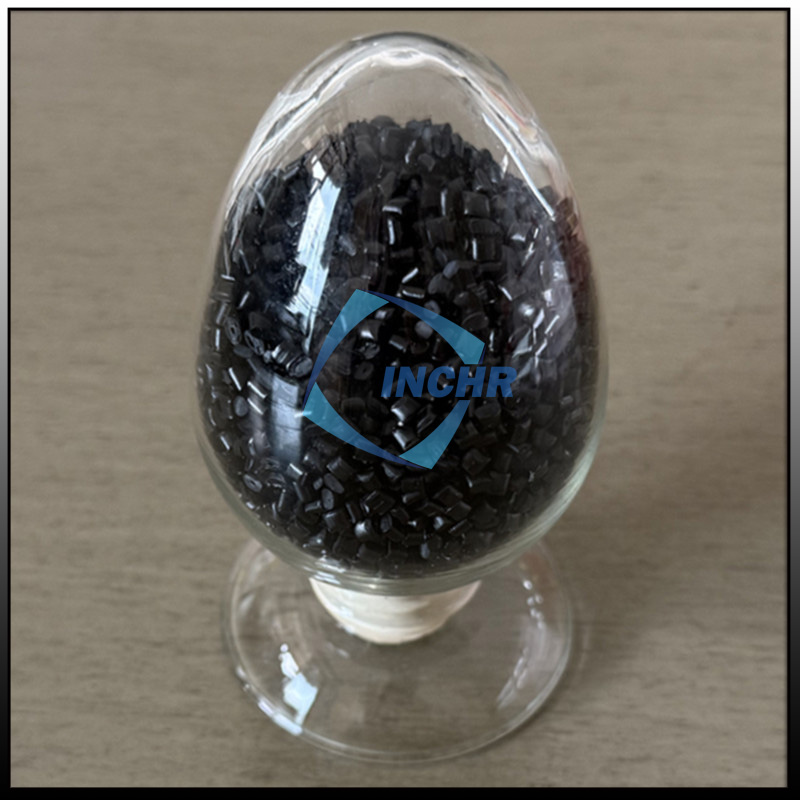Carbon Fiber Reinforced Nylon: The Future of High-Performance Composites
In the world of advanced materials, Carbon Fiber Reinforced Nylon (CFRN) stands out as a game-changer. Combining the lightweight flexibility of nylon with the unparalleled strength of carbon fiber, this composite is revolutionizing industries from automotive manufacturing to consumer electronics. But what makes CFRN so special, and why should engineers, designers, and innovators pay attention? Let’s dive into the science, applications, and benefits of this cutting-edge material.

What Is Carbon Fiber Reinforced Nylon?
Carbon Fiber Reinforced Nylon is a composite material created by embedding carbon fibers into a nylon polymer matrix. The result is a material that inherits the best traits of both components:
- Nylon’s versatility: Known for its durability, wear resistance, and ease of processing.
- Carbon fiber’s strength: Adds stiffness, tensile strength, and thermal stability.
This synergy creates a lightweight yet robust material ideal for high-stress environments. With carbon fiber content typically ranging from 10% to 40%, CFRN can be tailored to meet specific performance requirements.
Key Advantages of Carbon Fiber Reinforced Nylon
- Superior Strength-to-Weight Ratio
CFRN is significantly lighter than metals like steel or aluminum while offering comparable (or better) strength. This makes it invaluable for applications where reducing weight is critical, such as aerospace and automotive components. - Thermal and Chemical Resistance
Nylon’s inherent resistance to oils, fuels, and chemicals pairs with carbon fiber’s ability to withstand high temperatures. CFRN retains structural integrity even in demanding environments, such as under-the-hood automotive parts. - Vibration Damping and Fatigue Resistance
Carbon fibers absorb vibrations, reducing wear and tear in dynamic applications. CFRN also resists fatigue, making it ideal for components subjected to repetitive stress, like drone propellers or robotic arms. - Design Flexibility
CFRN can be molded into complex shapes using injection molding or 3D printing. This adaptability allows engineers to create lightweight, high-performance parts without compromising on design.
Applications Across Industries
1. Automotive and Aerospace
CFRN is replacing traditional metals in components like brackets, housings, and engine parts. For example, electric vehicle (EV) manufacturers use CFRN to reduce battery casing weight, extending range without sacrificing safety. In aerospace, CFRN’s heat resistance suits it for interior panels and drone frames.
2. Consumer Electronics
From smartphone casings to laptop hinges, CFRN offers a premium blend of durability and aesthetics. Its electromagnetic shielding properties also protect sensitive electronics from interference.
3. Industrial and Robotics
Robotic arms and conveyor systems benefit from CFRN’s stiffness and vibration damping. The material’s low friction coefficient reduces energy loss in moving parts.
4. Sports and Outdoor Gear
High-performance bicycles, tennis rackets, and hiking equipment leverage CFRN’s lightweight strength to enhance agility and endurance.
Challenges and Considerations
While CFRN offers remarkable benefits, it’s not without limitations:
- Cost: Carbon fiber remains expensive, making CFRN pricier than unreinforced nylons.
- Recyclability: Thermoplastic composites like CFRN can be challenging to recycle, though research into sustainable solutions is ongoing.
- Anisotropic Properties: Strength varies with fiber orientation, requiring careful design to maximize performance.
The Future of Carbon Fiber Reinforced Nylon
Advancements in additive manufacturing (like 3D printing) are making CFRN more accessible. Companies like Markforged and Stratasys now offer carbon fiber-reinforced nylon filaments, enabling rapid prototyping and small-batch production.
Sustainability is another frontier. Researchers are exploring bio-based nylons and recycled carbon fibers to reduce CFRN’s environmental footprint. As circular economy practices gain traction, CFRN could become a staple in eco-conscious engineering.
Conclusion
Carbon Fiber Reinforced Nylon represents a leap forward in material science, merging lightweight design with industrial-grade performance. Whether you’re building a faster EV, a smarter robot, or a more durable gadget, CFRN offers a solution that balances strength, weight, and adaptability.
For businesses and engineers, staying ahead means embracing materials like CFRN—where innovation meets practicality. As technology evolves, expect this composite to play an even bigger role in shaping the future of manufacturing.




